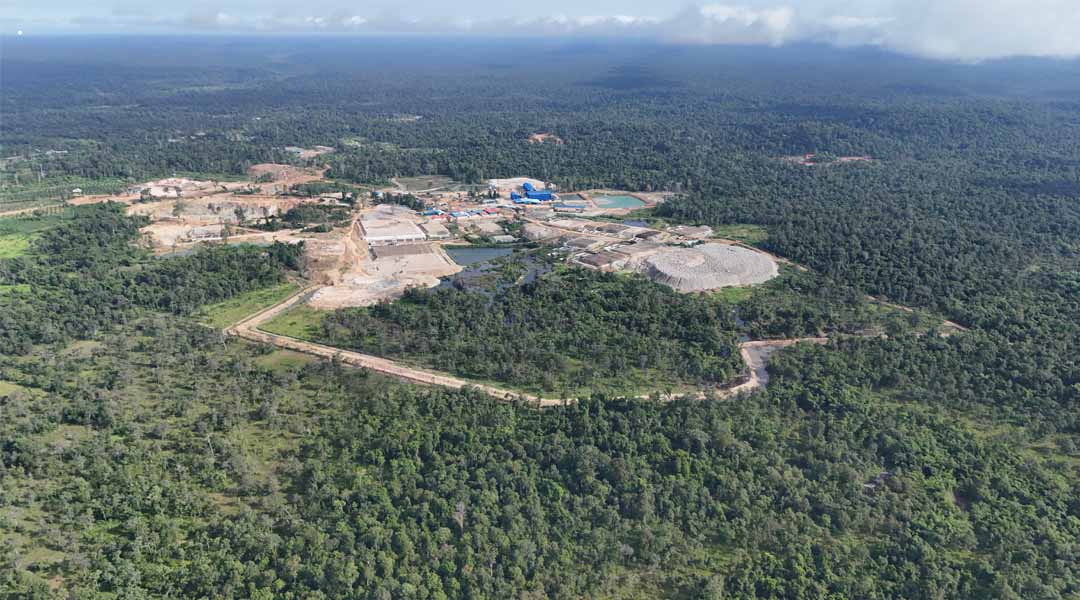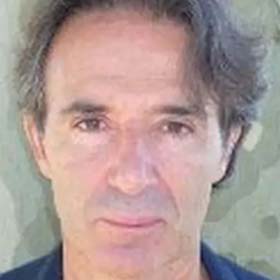Destructive artisanal gold mining has escaped the control of Cambodian authorities. Inside the Prey Lang Sanctuary, the Late Cheng mine operates without any assessment of its environmental impact. The mine has expanded beyond the authorized limits and engaged in destructive environmental practices, such as diverting waterways, clearing forests, and constructing cyanide-filled ponds for gold extraction. The environment and human health are at risk.
Forest crimes
Two reports, one by Amnesty International and another by the American Embassy in Cambodia, denounce the abuse of laws designed to protect Cambodian forests and indigenous communities. These reports delve into the dark world of illegal logging in the Prey Lang and Prey Preah Roka wildlife sanctuaries, where trees are destined for export.
The Prey Lang Wildlife Sanctuary has lost nearly 9% of its forest cover.
Cambodia has made commendable progress in environmental protection, but there are glaring concerns that must be addressed. The United States has expressed deep concerns about the increasing rates of deforestation in protected areas, particularly in the Prey Lang Wildlife Sanctuary. Despite support from USAID, this sanctuary has lost nearly 9% of its forest cover since 2016 due to illegal logging.
Gold mining and its impacts
Gold mining has long been a source of economic prosperity and development for nations around the world. In Cambodia, gold extraction has led to habitat destruction, soil and water pollution, and other detrimental environmental impacts. This poses a significant challenge to the conservation efforts of the Prey Lang Wildlife Sanctuary.
Lack of effective prosecution and repression of environmental defenders
The Cambodian government plays a crucial role in the management and regulation of the gold mining industry. However, its lack of effective prosecution for wildlife-related crimes and illicit activities related to gold mining has further deteriorated the environmental situation. Moreover, the repression of indigenous rights and environmental defenders opposing destructive mining practices has attracted international attention.
A shift in US assistance strategy
The United States has decided to redirect its aid. Under the USAID Greening Prey Lang project, support will now be focused on civil society, the private sector, and local initiatives aimed at improving livelihoods and promoting climate-smart agriculture. The United States remains committed to collaborating with the Cambodian government on climate change and environmental protection through initiatives like the Mekong-U.S. Partnership.
Amnesty International
Amnesty International has denounced the repression faced by civil society and activists, especially those exposing illegal logging in the Prey Lang forest. Government authorities have systematically suppressed them through attacks, arbitrary detentions, and physical assaults. These arrests and detentions of human rights and environmental defenders raise questions about Cambodia’s commitment to climate change goals and the respect for indigenous peoples’ rights.
Calls for justice and accountability
Amnesty International calls for comprehensive and impartial investigations into arbitrary detentions and illegal tree felling by agribusiness companies. The organization highlights that such actions compromise climate change mitigation efforts and also repress environmental defenders.
Disastrous impact of gold mining
This industry is responsible for habitat destruction, water pollution, and land degradation in Cambodia. It jeopardizes biodiversity, human health, and the livelihoods of forest-dependent indigenous communities.
The Chinese company Late Cheng Mining Development Co Ltd has developed two large-scale gold mines within the Prey Lang Wildlife Sanctuary (PLWS). This evergreen forest, the most biologically significant in Southeast Asia, is threatened by the use of cyanide.
These infractions raise questions about the legality of such projects. The Prey Lang Wildlife Sanctuary, spanning 400,000 hectares, was originally established in 2016 to protect the Prey Lang Forest. Such projects are clearly not in line with protecting biodiversity.
The “Bruno Manser Fund” foundation calls on the Cambodian government to revoke the gold mining licenses and ban future large-scale projects in the Prey Lang Wildlife Sanctuary (PLWS). In addition to gold mining, illegal logging, limestone mining, the development of transmission power lines, and poaching also pose a threat to forests and the lives of local communities.



